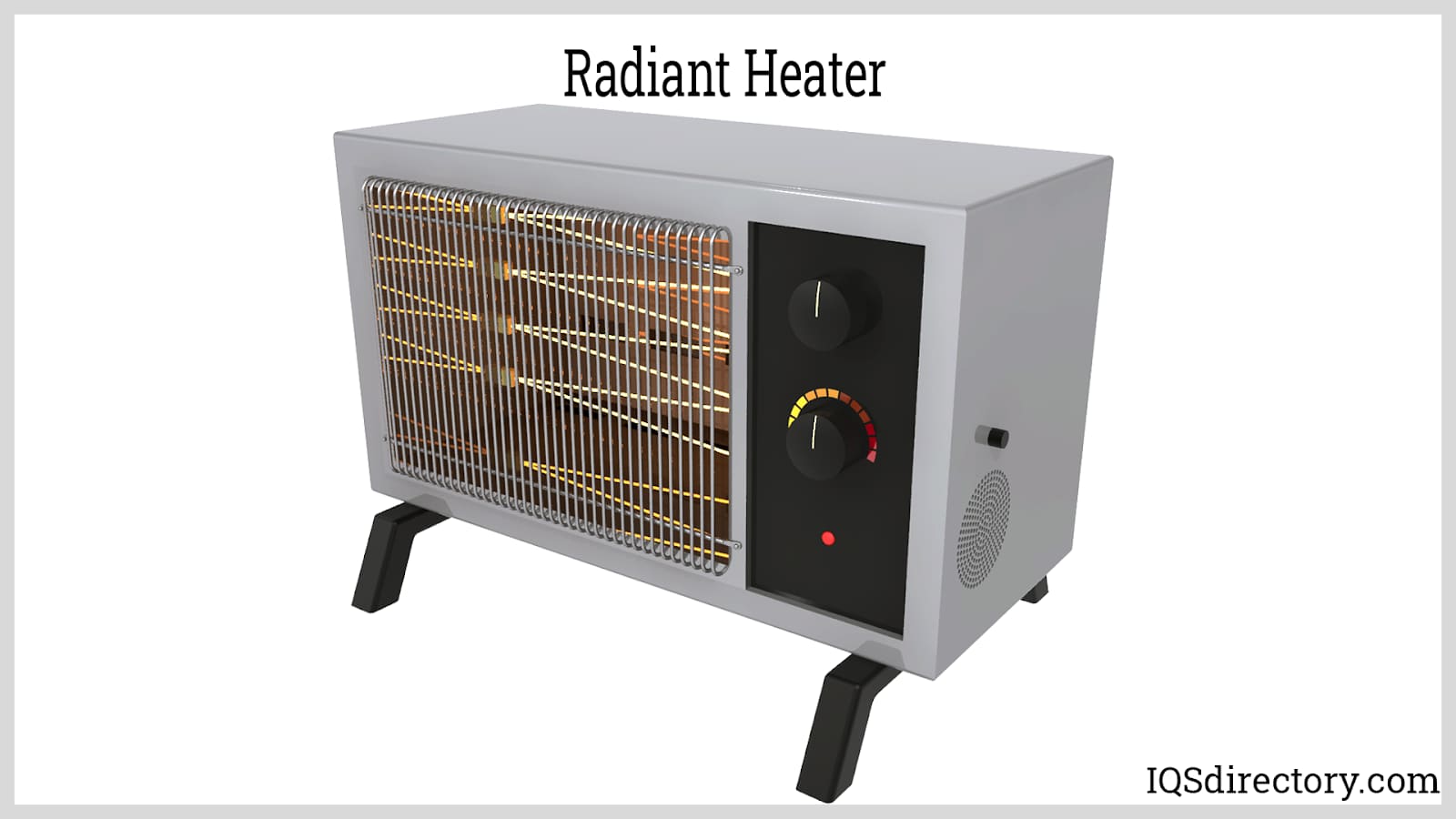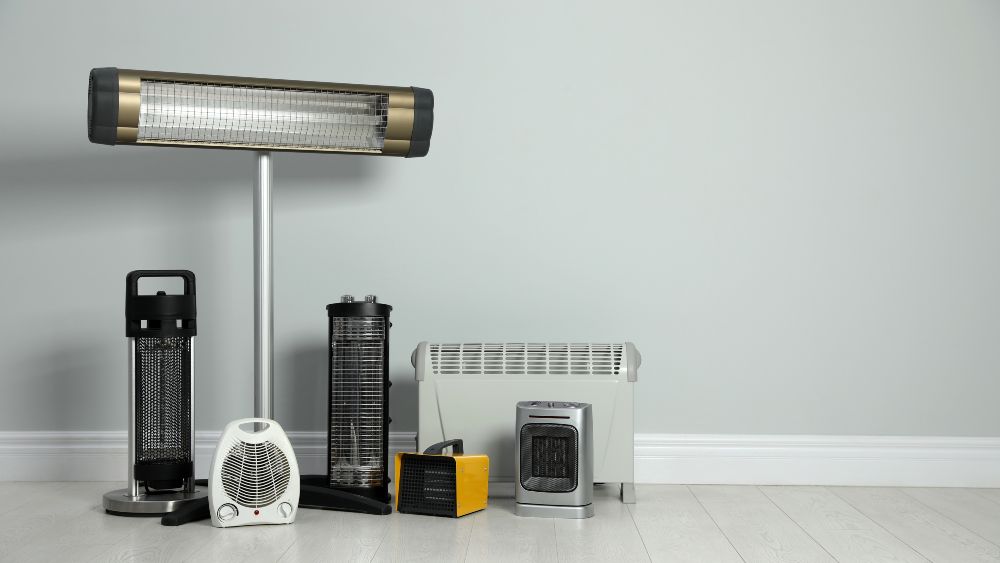All About 1 Source Portable Air
Table of ContentsThe Facts About 1 Source Portable Air UncoveredExamine This Report about 1 Source Portable AirThe Of 1 Source Portable AirThe Buzz on 1 Source Portable AirAll About 1 Source Portable Air
Running costs are based upon an electrical energy cost of 40c/kWh. The expenses for 3 months' use in wintertime are based upon 500 hours make use of, or around 6 hours per day for 3 months. Optimum warmth output is based upon the maximum electrical power of the models we've evaluated (we focus on higher power level heating systems).
On average, small fan heating systems are much less pricey to buy, however can have higher running expenses. Oil column heating units will be the most inexpensive on the market to run (on standard) yet just by a slim margin ahead of convection heaters (like panel and micathermic panels).
The Best Guide To 1 Source Portable Air
If you have a relatively easy to fix ceiling fan, it'll aid disperse the warm around the space extra equally. A number of costly heating units have fallen short to thrill our testers, while some less expensive versions make for surprisingly excellent buys.
As the name suggests, they radiate warm from a heated home heating aspect (so the household will need to take turns sitting in front of it). There are floor and wall-mounted designs offered. Glowing heaters are fairly economical. They have a cosy radiance and personal warming impact, like being in front of a fire.
The reasonably subjected burner can be a fire and safety and security danger. A piece of garments dropped over it may stir up, or small children playing around a floor model may melt themselves, so be careful. Glowing heaters usually set you back in between $20 and $200. Oil-filled column heating units do not really melt oil they utilize electricity to warm the oil that's secured inside their columns or 'fins'.
Not known Details About 1 Source Portable Air
Some column heating units aren't also oil-filled but instead use other product or heating technology to work similarly - 1 Source Portable Air. The risk of fire with an oil column heating unit is low compared to various other heater types, yet never ever absolutely no. Oil heating units do not have exposed elements like glowing heating systems do, and their surface temperature is less than several various other heating unit kinds (their big area makes up for it)
Oil column heaters will not explode, and while they do not shed their oil to create warm, it's still flammable, so there is a fire threat if the oil leaks, if the heating unit tips over and leakages, or if flammable things or material come right into get in touch with or fall on the heater. You should work out the very same degree of care with oil heating units as for other heater types, and never ever hang towels or clothing over one to completely dry them use a drying out shelf rather, at least one metre away.
Column heating units are particularly helpful in areas where they'll be activated for extended periods of time or where they'll run ignored, such as over night in a room. The surface his explanation areas you're likely to touch on a column heating system do not obtain as warm as other kinds of electric heating units. You can use a ceiling fan on really reduced speed to help the column heating system to disperse the heat quicker and more evenly.
Oil-filled column heating systems usually cost between $50 and $450. Convection and panel heaters attract cold air over an electrical home heating element.
What Does 1 Source Portable Air Mean?

Convection and panel heating units are a lot more portable than their oil-filled column heating system equivalents since they're considerably lighter. Like a column heating system, you can utilize a ceiling follower on really reduced speed to disperse the warm faster and more equally.

The 8-Second Trick For 1 Source Portable Air
Follower heaters are often smaller sized and much more portable than other electrical heating units. They likewise come in the type of tower fan heating systems, which can be better for distributing heat around bigger spaces because of their taller account. They can heat the air in a space much more swiftly, evenly and rapidly than a few other heater kinds.
Fan heating units (ceramic or otherwise) usually price between $60 and $900. Ceramic fan heating systems aren't necessarily any different in price to non-ceramic designs.